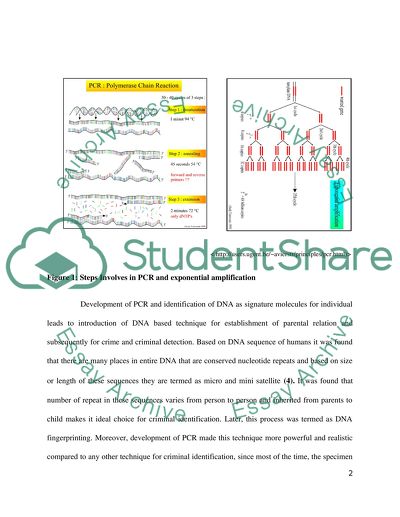Cite this document
(“Polymerase chain reaction practical, Genetics Essay”, n.d.)
Retrieved from https://studentshare.org/science/1526997-polymerase-chain-reaction-practical-genetics
Retrieved from https://studentshare.org/science/1526997-polymerase-chain-reaction-practical-genetics
(Polymerase Chain Reaction Practical, Genetics Essay)
https://studentshare.org/science/1526997-polymerase-chain-reaction-practical-genetics.
https://studentshare.org/science/1526997-polymerase-chain-reaction-practical-genetics.
“Polymerase Chain Reaction Practical, Genetics Essay”, n.d. https://studentshare.org/science/1526997-polymerase-chain-reaction-practical-genetics.


